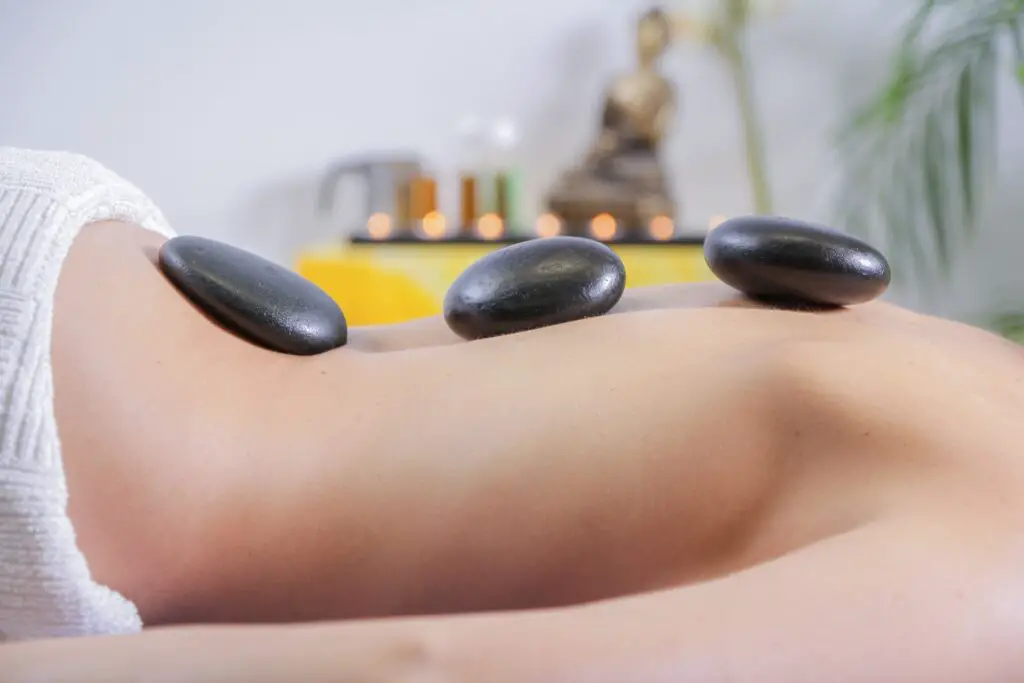If you’ve decided you don’t want surgery and you instead want to try to heal the rotator cuff conservatively, you’ll want to read this article!
To heal a rotator cuff naturally includes ice, heat, exercise, rest, medication, massage, and acupuncture or dry needling.
In this article, I will discuss the various different types of natural treatments for RTC tears and I’ll also link to other articles related to rotator cuff tears along the way.

What Does “to heal a rotator cuff naturally,” actually mean?
When people ask this I think they usually are referring to trying to fix the problem without medications, injections or surgery.
Being a physical therapist I respect this approach and in a majority of cases this is the correct approach.
Surgical procedures and injections are given too often for rotator cuff tears and hopefully this article will help convince of that fact!
How does exercise help a rotator cuff tear?
The name of the game is symptom modification and return to normal function as soon as possible using graded exercise to help accomplish that mission.
An example of a workout for this, depending on the person would look like this:
- Shoulder press
- Prone swimmers
- Supine snow angels
- Lateral raises
- Reverse Flyes
- Bent Over rows
Each of these different exercises can help to work the muscles surrounding the joint, including the rotator cuff muscles while not aggravating symptoms.
The most important component of exercise, if you have shoulder pain from an RTC tear, is to start ‘low and slow.’ This allows you to build up over time and up to what you were doing prior to the pain onset.
If you are having severe pain after exercise then I would recommend reading this article teaching you 7 different ways to modify your exercises if you’re having pain.
How does ice or heat help a rotator cuff tear?
Ice or heat or symptom modifiers.
Put simply, you can use either one to help reduce symptoms if the soreness in your shoulder is intense.
There is no inherent advantage to either one.
Recent evidence suggests that heat does not worsen inflammation and ice does not reduce inflammation, so, take your pick!
Ice and heat merely alter the sensation of the skin and local tissues around the shoulder which adds a bit of distraction to the discomfort that you would otherwise feel.
How does massage help an RTC tear?

Massage does the same thing as ice and heat. This is a symptom modifier that feels good (if done to your preference), and can add some distraction to the potentially constant pain that you’re experiencing.
There is nothing magical about massage and there also isn’t anything dangerous.
If the massage therapist is going too deep or rough, make sure to let them know so that they don’t aggravate symptoms.
How does acupuncture or dry needling help an RTC tear?
Acupuncture and dry needling also work along the same mechanism as massage, ice, and heat.
They are symptom modifiers and can you help you through bouts of severe pain and disability.
Looking at the data, the most important factor in recovering from any injury or pain, including an RTC tear is time.
Yes, you read that right, time. Often times we don’t give things enough time. We expect things to heal within 2 weeks or 2 months when the reality is that it might take 6 months or more.
This expectation gap is what causes disillusionment and anxiety over whether things will ever get better.
Is surgery ever appropriate?
Surgery can be an appropriate option, however only in specific cases. Please read these articles where I fully cover those topics:
When to NOT have Surgery for RTC tear
Will A Rotator Cuff Tear Get Worse Without Surgery?
Key Takeaways
- Exercise, rest, massage, ice, heat, and acupuncture or dry needling can be most helpful to reduce symptoms
- Don’t forget to give it time. Time is the most potent force we have to address pain and injury. Time and the knowing of what to do.
- Remove aggravating factors. If you keep aggravating it, it’s unlikely you’ll improve at the pace you would like.
